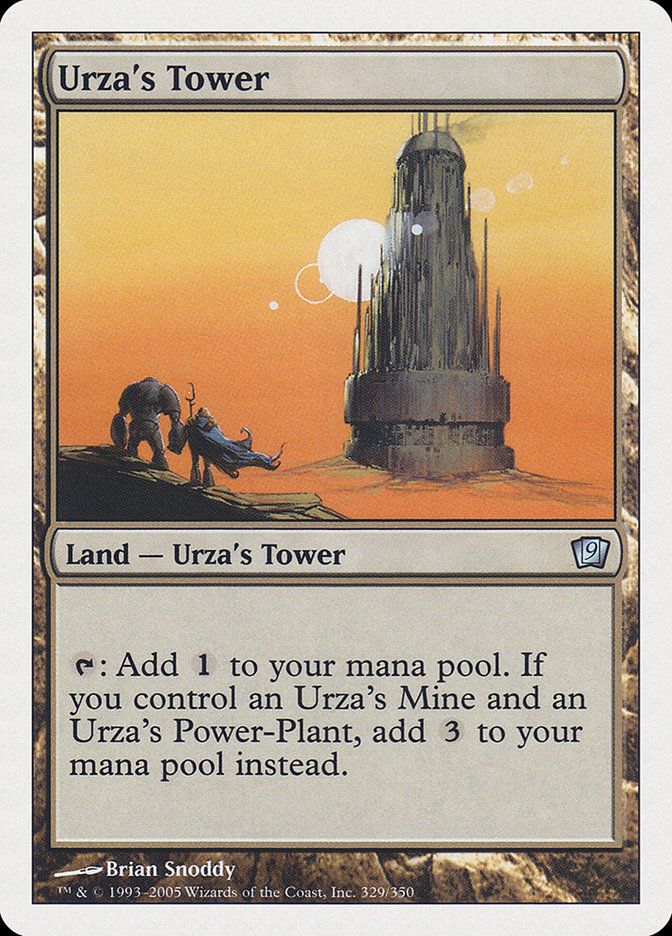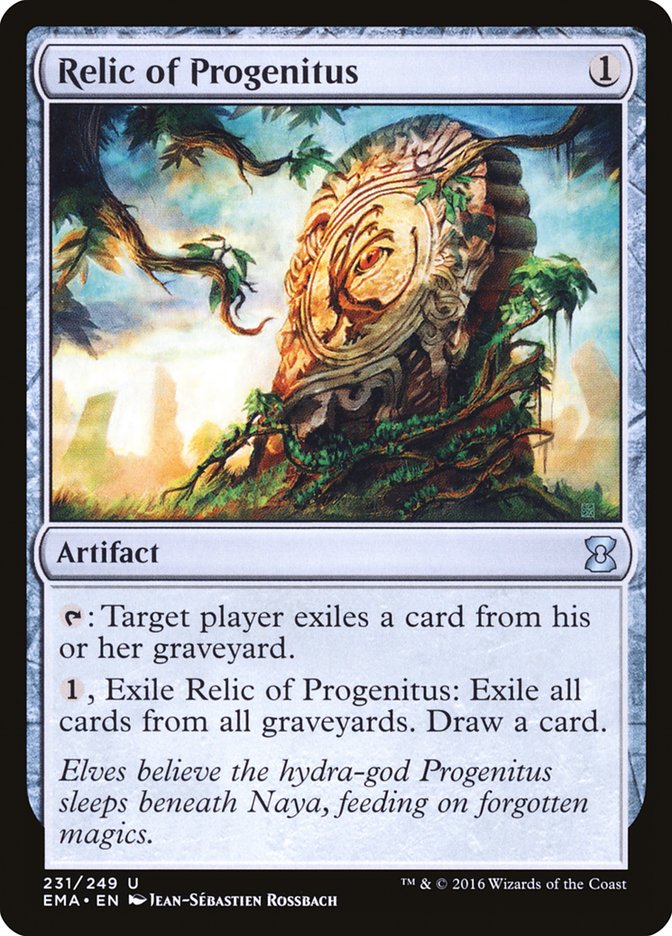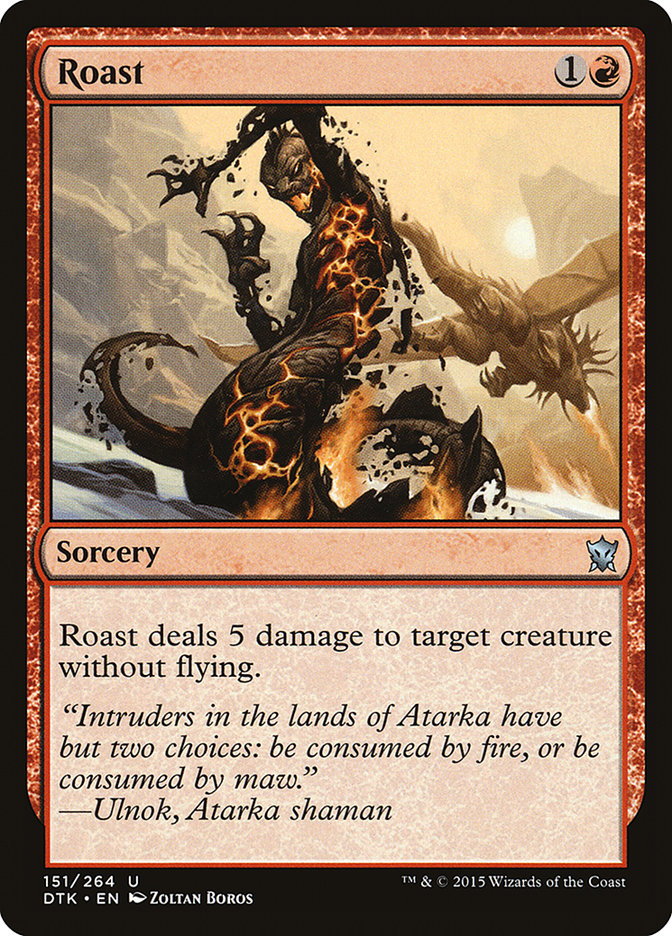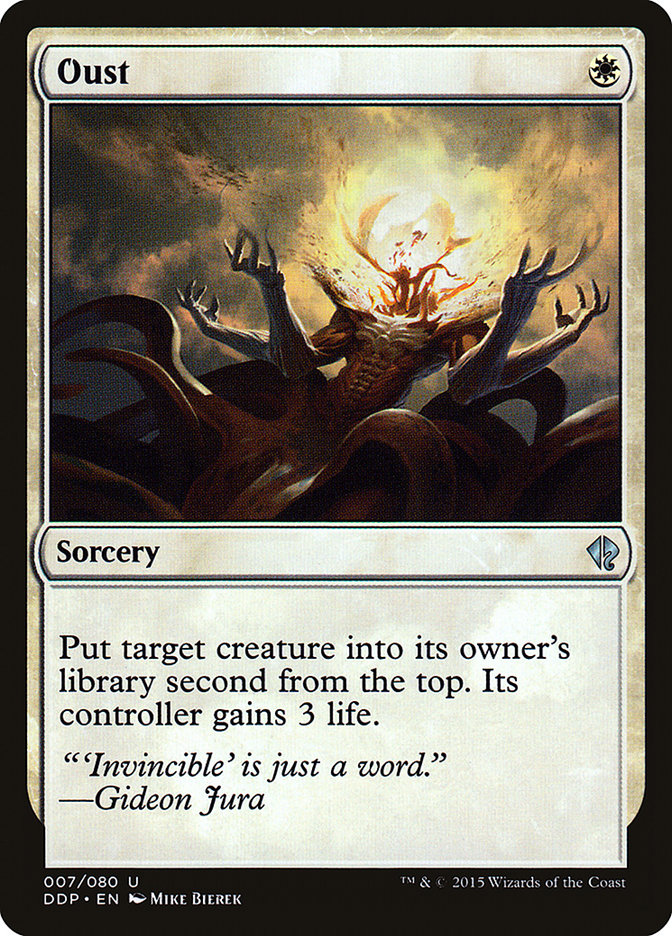It’s time for the best Jace, the Mind Sculptor decks moving forward to stand and be recognized. Modern is a stiff format, but the same man who coined that phrase took the current best Jace shell to a Top 8 finish at the recent SCG Tour Open Weekend in Cincinnati. Ross Merriam cribbed a list from my good friend, coworker, and secret Gold-level Pro, Rob Pisano, that has been showing promise for a number of reasons, and took the well-positioned Blue Moon deck out for a spin against the old guard of Modern (read more about his Top 8). Let’s look at the list and discuss the major reasons why it’s a stellar choice right now:
Creatures (7)
Planeswalkers (3)
Lands (23)
Spells (27)

1: Blue Moon has a fantastic Humans matchup.
“Bolt-Snap-Bolt” is the bane of any deck full of Mantis Riders and Mirran Crusaders, Electrolyze laughs at Noble Hierarch and Thalia’s Lieutenant, and Blood Moon trumps any Humans draw without Aether Vial. Considering the Abrades, Engineered Explosives, and Grim Lavamancer in the sideboard, this matchup is about as much of a rout as you can get between two top-shelf archetypes. With Humans scoring a recent victory at Grand Prix Phoenix, combined with the natural appeal of the archetype for a great many players, this is a fine time to be gobbling up foolish creature decks.
2: Blue Moon has a reasonable Tron matchup.
No one is denying that the games with Blood Moon are a heck of a lot different from the games without, but Blue Moon can disrupt the big mana deck, leverage the breathing room to stick a Jace, and start powering through the deck to find enough counters to end the game against whatever token resistance Tron can put up. Even without Blood Moon, the Ceremonious Rejections in the sideboard provide a lot of counterplay to most non-Ulamog draws of the deck, and all but Tron’s top 10% of draws are likely to fall in the face of heavy countermagic, mana disruption, and Jace. Eat your heart out, Owen Turtenwald!
3: Blue Moon beats most of the other Jace decks.
Blood Moon is a powerful, format-warping card, there’s no denying that. Many Grixis, Esper, and Jeskai Jace shells are surprisingly weak to the card, as they can get pinned off of the multiple sources of blue mana they generally need to actually compete in the intricate blue mirrors. With Lightning Bolts, Vendilion Cliques, and Electrolyzes to harass enemy Jaces, there’s no denying that this is the Jace deck to play if your goal is to attack most other Jace decks.
4: Blue Moon beats Affinity.
Affinity never quite seems to go away, does it? Again, similar principles to the Humans matchup apply here. When Bolts and Electrolyze are good and Blood Moon slams the door on those pesky creature-lands, Blue Moon is going to be favored. It’s never a bad place to have a dominant matchup against the most popular archetype in the history of Modern.
5: Other people’s Blood Moons don’t hurt you.
One of the most irksome things about Modern is that your chuckler opponent can slam a Blood Moon on you before you’re ready and lock you out of the game with a single card. There are certainly some archetypes that don’t worry about a Blood Moon, and a secret benefit of playing them is that you can play through opposing Moons without a care in the world. G/R Land Destruction, for example, needs some serious sideboard firepower (think Thrun, the Last Troll) to beat this deck, as the Remands and Cryptic Commands just Time Walk their average draw into next week.
Now, to be sure, there are a few major holes to the Blue Moon strategy. Graveyard decks are a tough nut to crack, and early oversized creatures can provide a terrifying clock that makes your would-be Time Walks turn into desperate catch-up measures. Think massive Death’s Shadows, Turn 2 Gurmag Anglers, angry Tarmogoyfs, beefy Thought-Knot Seers and Reality Smashers, and of course the ever-frustrating Hollow One. A fistful of Relic of Progenitus and a Roast or two are a reasonable way to fight the tide of Grixis Death’s Shadow, Hollow One, and Dredge, but it’s an uphill battle all the way.
With a stellar matchup against small, go-wide decks, the beefcake strategies get a lot tougher, and vice versa. Path to Exile is the best universal answer in Modern, but it comes with its own set of drawbacks. The best way to ameliorate those drawbacks is to play large amounts of Field of Ruin to eventually run most opponents out of basic lands altogether, as we see in U/W Control.
Unfortunately, this archetype runs into its own problems with its lack of strong early-game removal. Rob has said himself that he Pathed his opponent’s Turn 2 Dark Confidant and lost to a follow-up Bloodbraid Elf into Liliana of the Veil often enough that he couldn’t bear to play straight U/W any more.
There’s a perennially underrated option, though, that most U/W players would do well to consider. Oust is stellar against all the beefcake creatures that Lightning Bolt can’t kill, and it synergizes with Path to Exile and Field of Ruin in a most excellent manner. Another option is to try to have it all, to take some of the best tempo elements and smooth removal suite of Blue Moon, staple on a few of the powerful white sideboard cards and flexible removal spells, and tie everything together with Jace and some flash creatures.
Guess we’re taking things back to U/W Flash and Jeskai Tempo:
Creatures (14)
Planeswalkers (3)
Lands (23)
Spells (20)

Creatures (10)
Planeswalkers (3)
Lands (23)
Spells (24)

What do we see as the common thread in these sketches? These Jace decks can turn the corner reasonably quickly, whether with an army of Blade Splicers and Golem tokens; a flying air force of Celestial Colonnades, Vendilion Cliques, and Restoration Angels; or (in the case of the Jeskai deck) a few well-timed Bolt-Snap-Bolt sequences. You’ve got a mishmash of answers to all the major archetypes, the classic Flash deck’s ability to pin weak opponents between Cryptic Command and flash creatures, the always-desirable positive matchup against Humans and Affinity, and Jace to tie the room together.
Why the need for these threats, rather than classic U/W Control’s answers-only paradigm? The answer is threefold. The first is that you can only play so many Supreme Verdicts, Jaces, and Cryptic Commands before your deck is too chunky to work properly. Every time you lose the game with two or more four-casting-cost spells in your hand, you need to take a step back and rethink your deck design. Seven is just about the maximum I’m willing to entertain in my Modern maindecks at this point, which is (conveniently enough) exactly how many four-drops you’ll find in all of these Jace decks.
When you go the control route, you’re basically pinned at about three Jaces, three Cryptic Commands, and a Supreme Verdict. This leads to the second reason to sprinkle a few more threats in your control decks. Without that battlefield presence, you won’t kill decks like Tron before they get all the way up to Ulamog mana, nor will you be able to nimbly slide in a few threats to pressure opposing Jaces in the Jace mirrors. When you can only play one way, there will always be more scenarios in which you can stumble and lose than when you can play multiple ways.
The third reason is simple, and one of the major principles I’ll continue to harp on for as long as Jace is legal in Modern. This is not like Legacy, where for ages Miracles leveraged the unfair Terminus to try to delude people into thinking that Jace was appropriate in a creatureless deck. It’s simply not the case, barring extreme circumstances like the presence of the aforementioned one-mana sweeper.
Normal decks in Legacy have historically deployed Jace alongside acceleration and defense like Deathrite Shaman, Noble Hierarch, Stoneforge Mystic, Baleful Strix, and Lingering Souls. Normal decks in Modern should take note. Of course, the strongest card-drawing engine in Modern is going to be powerful on a completely empty battlefield, but Jace is frequently at his best when he is contributing to a forward-moving battlefield presence, like most planeswalkers.
When you can either protect Jace or leverage his -1 ability to press the offensive with Vendilion Clique, Blade Splicer, Restoration Angel, Gurmag Angler, Lingering Souls, Young Pyromancer, Tarmogoyf, Knight of the Reliquary, Pia and Kiran Nalaar, and (though this one is a given) Snapcaster Mage, you’re going to experience significantly more success with your Jace brews in Modern.
To leave with one more example of this phenomenon, we’ll reach back in time to one of my favorite archetypes of all time, Mythic Conscription.
Creatures (26)
- 3 Birds of Paradise
- 4 Rhox War Monk
- 4 Noble Hierarch
- 4 Knight of the Reliquary
- 4 Sovereigns of Lost Alara
- 3 Dauntless Escort
- 4 Lotus Cobra
Planeswalkers (7)
Lands (25)
Spells (2)
Sideboard

Aside from being the backdrop to my first meeting with Cedric Phillips way back in Summer 2010, this deck exemplified the principle of flooding the battlefield with mana creatures, bringing a Jace down early, and leveraging the extra mana and cards to pull together a win.
Whether it’s in conjunction with Sovereigns of Lost Alara, Retreat to Coralhelm, or a simple overwhelming flood of creatures, Jace, Knight of the Reliquary, Birds of Paradise, Lotus Cobra, and Noble Hierarch belong together. We’ve seen Jace stapled on top of the Vizier of Remedies and Devoted Druid combo, but Lotus Cobra is one of the most powerful mana accelerants ever printed. It would be irresponsible not to include it in the next iteration of the archetype:
Creatures (27)
- 3 Birds of Paradise
- 1 Eternal Witness
- 4 Devoted Druid
- 3 Noble Hierarch
- 4 Knight of the Reliquary
- 3 Lotus Cobra
- 2 Reflector Mage
- 1 Duskwatch Recruiter
- 3 Spell Queller
- 1 Walking Ballista
- 2 Vizier of Remedies
Planeswalkers (3)
Lands (22)
Spells (8)

With this, too, there is a balance to be struck between the desire to include a wide range of powerful combos in a Collected Company shell and the need to maintain the consistency of the gameplan. It’s always unfortunate to have the wrong pieces, like a Knight of the Reliquary and a Vizier of Remedies or a Devoted Druid and a Retreat to Coralhelm.
Collected Company and Jace both provide a powerful element of card selection to quickly find the missing pieces, and it might eventually come to the point where the power of those two cards is sufficient in and of itself to permit us to remove one of the narrower combo elements. Kevin Jones has tried this with a Bant Company deck of his own design, but it, too, lacked the powerful Lotus Cobra. If we are to eliminate the powerful combo elements and turn into a fair version of the Bant deck, it should at least include the potential for unfair openings, no?
Creatures (28)
- 4 Birds of Paradise
- 1 Vendilion Clique
- 4 Noble Hierarch
- 4 Knight of the Reliquary
- 4 Lotus Cobra
- 3 Scavenging Ooze
- 1 Courser of Kruphix
- 2 Reflector Mage
- 1 Tireless Tracker
- 4 Spell Queller
Planeswalkers (3)
Lands (22)
Spells (7)

This isn’t the half of it. We’ve still got to cover a healthy helping of Thoughtseize – Jace decks, Lingering Souls – Jace decks, Disrupting Shoal – Jace decks, Young Pyromancer – Jace decks, and basically everything short of Jace Tron, which, try as I might, I can’t make work.
Next week, though, it’ll be all about Legacy and Standard, where Warkite Marauder might just break The Scarab God’s grip on the format. I hope you like beating expensive mythics with garbage bulk rares!







